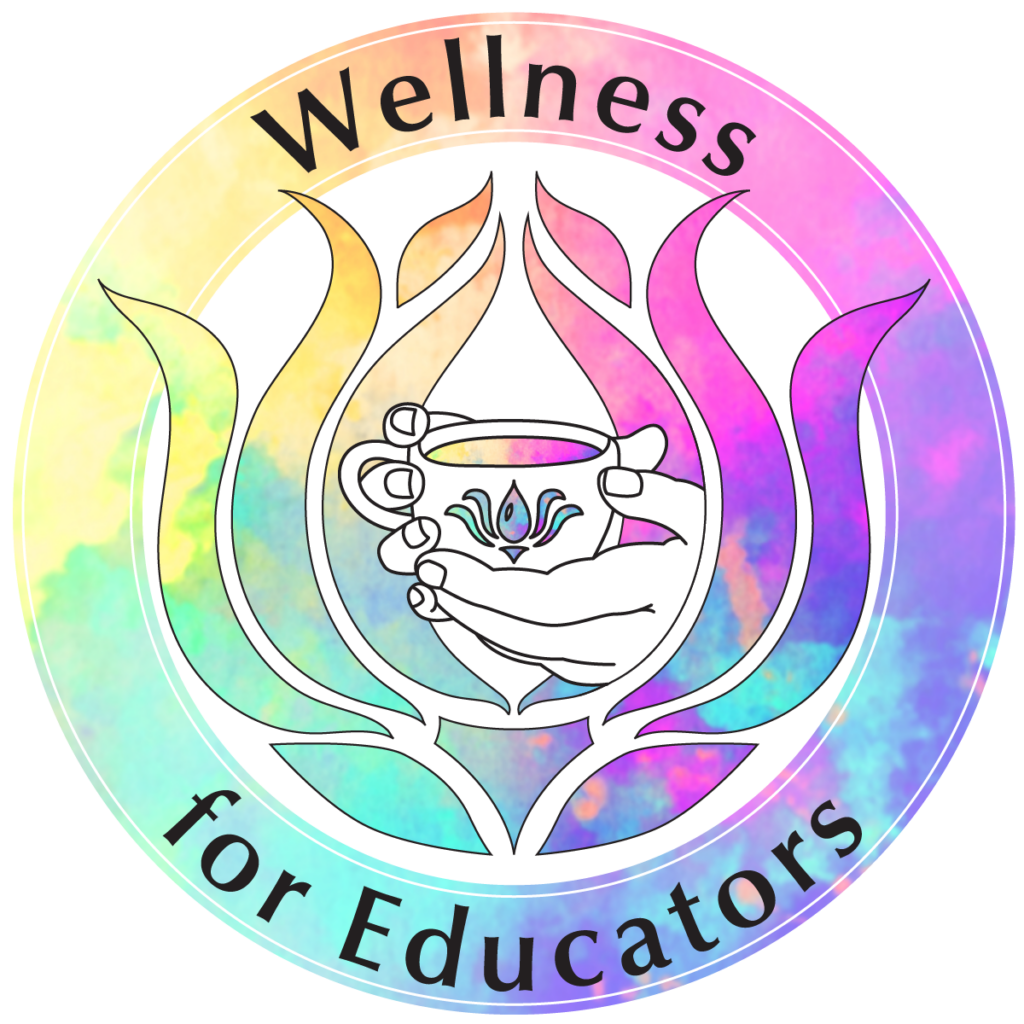| By Kathryn Kennedy |
- Final assessments complete—check!
- Cleaned up learning space—check!
- Bulletin boards taken down—check!
- Organized digital files—check!
- Packed up Marvin (the class bearded dragon) and his cricket and spinach treats—check!
- All of the end-of-school-year tasks are complete—check!
You’re ready for summer! All systems go! Full speed ahead!
But wait …
Have you been in GO mode, or even SUPER GO mode, since the beginning of the school year with little time to rest and recharge? Do you feel like a human doing instead of a human being? The majority of educators like you were under a lot of pressure and stress already, and then the pandemic hit! You were forced into overdrive and had to stay there to take care of everyone around you like you usually do and not have enough time to care for yourself. The difference with the pandemic and the stress and overwhelm caused by it was that the high-speed mode you were in never let up; instead, it increased and sustained for over three years.
The field of mental health tells us that some amount of stress is good for us and that we have the ability to deal with short-term stress by using healthy coping mechanisms, such as sleep, boundary setting, deep breathing, and emotional release, among others. However, we are not equipped to sustain good health when stress continues for an extended amount of time.
According to research, when we are in a state of prolonged stress for over six months, and we can’t or don’t slow down to take the time to heal and work through the emotions associated with our stressful and/or traumatic experiences, we can succumb to burnout and in some cases experience symptoms of anxiety, depression, and even post-traumatic stress disorder.[1] In these prolonged stress states, our ability to learn and function can go completely offline.[2],[3]
The fields of neuroscience and neurophysiology have found that prolonged stress or trauma (using Dr. Peter Levine’s definition, “Trauma is anything that our system can’t handle or process,” anything that puts us outside of our ability to cope[4]) is not only a cognitive experience, but also a bodily experience. Research from Dr. Stephen Porges and Dr. Bessel van der Kolk explains how the body stores the majority of these stress and trauma experiences that eventually lead to aches, pains, and illness in us. This is why it’s vitally important to take the time to heal. Van der Kolk and other neuroscience and neurophysiology researchers also talk about hypervigilance arising when your mind and body are on high alert for an extended time; this leads to our nervous system getting used to that overwhelmed state and consequently staying there if we don’t take the time to downshift and heal.
So instead of jumping into summer and continuing in “GO” mode, what if we slowed down a bit to reset, to downshift into a calmer state of being? After a time when stress has set up camp in our minds and bodies for an extended stay, we can choose to take the time to heal. What can you do to downshift and heal your prolonged stress and/or trauma? Here are three ideas:
1. Guided Meditations
These practices have been used for thousands of years in a variety of cultures and disciplines and can support healing on a cellular level. Research on yoga nidra, or “sleep with a trace of awareness,” has been shown to have a significant impact on stress, sleep, and overall well-being[5] and the feelings of sleeping for three to four hours when only practiced for 45 minutes. Below is an example from the Wellness for Educators’ Wellness Library. This practice involves a bit of storytelling, where you go on a journey to a forest. For this practice, I suggest listening to the audio recording available:
To fully reset the nervous system, enjoy guided meditation once a day for at least a week.
2. Artistic Expression
In its many forms, art can support the healing process and your nervous system in general.[6] Art, such as painting, drawing, and coloring, has been shown to raise serotonin levels; impact brain wave patterns, emotions, and nervous system; interpret, express, and resolve emotions and thoughts; and allow for nonverbal communication of emotions and experiences. Sound or music can release dopamine, a naturally occurring happy chemical in our brains. If you’re not a fan of singing, humming and/or listening to music also help to support the vagus nerve, which in turn can help support the nervous system. Dance and movement practices also provide opportunities for nonverbal communication and release of emotional energy. Through the use of journals, gratitude notes, and poetry, to name a few, writing can also be a healing support. Writing can ease emotions attached to trauma and prolonged stress and can offer another form of unspoken expression.
3. Intentional Movement
Movement is important, but in the healing process, it helps to intentionally check in with the cognitive side of how the body is feeling and what emotions might be arising as we move.[7] As you’re engaging in movement, ask yourself the following, observing without judging:
- What do I notice in my mind?
- What do I notice in my body?
- What do I notice in my feelings?
- What do I notice in my thoughts?
- What do I need at this moment to feel supported? (Observe without judgment and give yourself what you need to feel supported.)
This last bullet is especially important because as educators and human doings, we tend to bypass our body and mind’s requests for us throughout the day and throughout our lives. In this practice, you can choose to make a conscious shift to listen to and support yourself.
You can learn more about intentional movement in a recently published book called The Mind-Body Connection for Educators: Intentional Movement for Wellness.
The suggestions for healing prolonged stress and trauma shared above are definitely not an exhaustive list of supports. I encourage you to find what supports work best for you and add those to your day-to-day living.
So before you dive into the hustle and bustle of the summer, set aside some time to downshift. Enjoy your summer, and come back even more refreshed for a new school year in the fall!
[1] Schwartz, A. “Stress, PTSD, and Your Health.” Dr. Arielle Schwartz (blog), June 17, 2014. https://drarielleschwartz.com/stress-ptsd-and-your-health-dr-arielle-schwartz/.
[2] Porges, S. W. The Polyvagal Theory: Neurophysiological Foundations of Emotions, Attachment, Communication, and Self-Regulation. New York: W.W. Norton & Company, 2011.
[3] Van der Kolk, B. A. The Body Keeps the Score: Brain, Mind, and Body in the Healing of Trauma. New York: Penguin Books, 2014.
[4] Levine, P. Waking the Tiger: Healing Trauma. Berkeley, CA: North Atlantic Books, 1997.
[5] Moszeik, E. N., T. von Oertzen, and K-H. Renner. “Effectiveness of a short Yoga Nidra meditation on stress, sleep, and well-being in a large and diverse sample.” Current Psychology 41, no. 8 (2020): 5272–5286.
[6] McNiff, S. Art Heals: How Creativity Cures the Soul. Boulder, CO: Shambhala, 2004.
[7] Hanna, T. “What is Somatics?” Somatic Systems Institute. Somatics: Magazine-Journal of the Bodily Arts and Sciences V, no. 4 (Spr-Sum 1986): 4–8. https://somatics.org/library/htl-wis1.

Meet the Author
Kathryn Kennedy has cultivated her two primary passions for 20+ years. She serves as founder and executive director of Wellness for Educators and is the founder and principal consultant of Consult4Ed Group. Her recent publication, The Mind-Body Connection for Educators: Intentional Movement for Wellness, is the first in a four-part book series.


